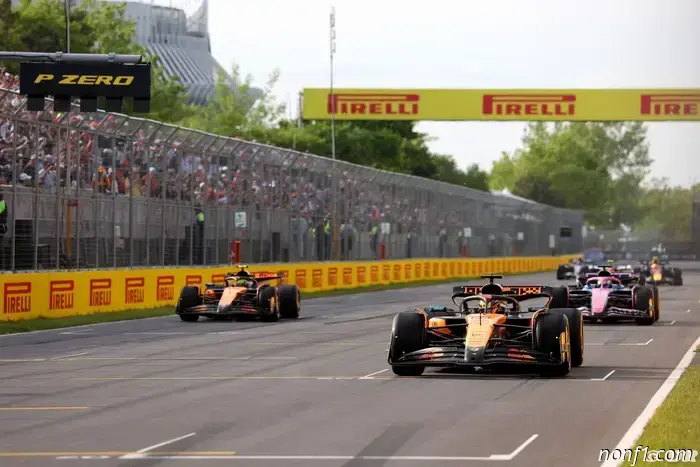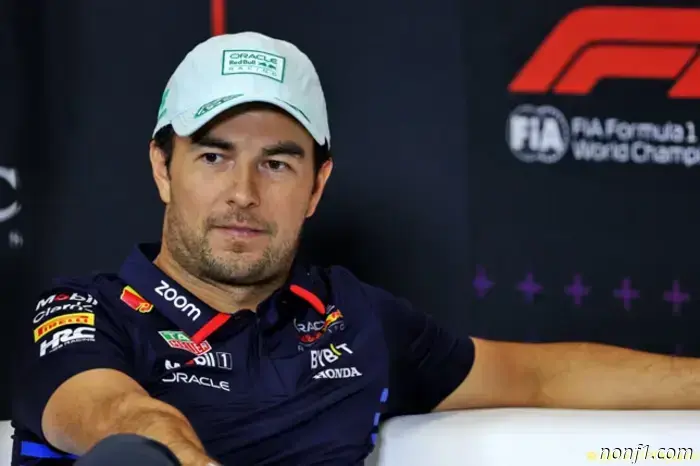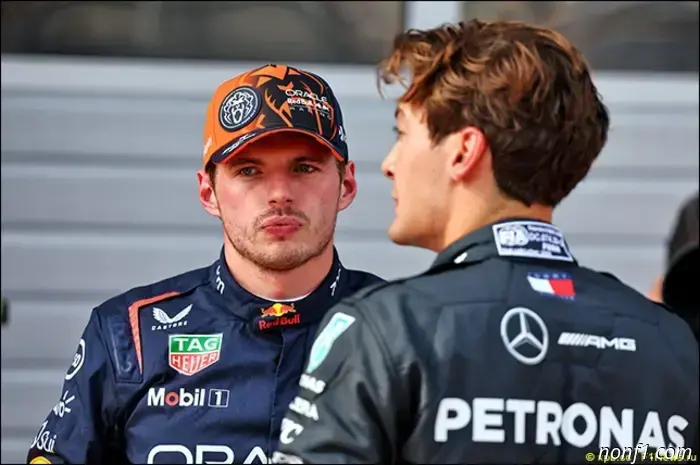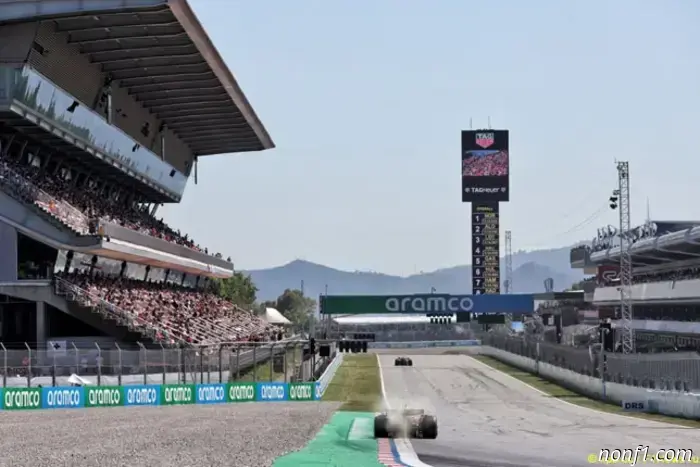
Changing of the Guard: The New Generation Transforming Formula 1
In the constantly changing realm of Formula 1, the 2025 season stands out as a pivotal era—a fierce arena where emerging talents are not merely observing the veterans but are actively competing against and surpassing them. Historically, the sport has experienced generational rivalries—such as Senna versus Prost, Schumacher versus Hakkinen, and Hamilton versus Vettel—but the current phase is distinct. It is proving to be quicker, more unpredictable, and more cutthroat than ever before.
🆕 The Emergence of New Talent
Drivers like Oscar Piastri, Lando Norris, and Oliver Bearman have transcended their statuses as mere promising newcomers. They are now leading races, executing bold overtakes, and compelling top teams to reconsider their long-term strategies. Additionally, Andrea Kimi Antonelli, an 18-year-old Mercedes talent, has been making headlines even before completing a full F1 season.
What sets them apart? A blend of fearlessness, modern training approaches influenced by the digital age, and a lack of mental burdens. In contrast to older drivers who have navigated the political dynamics of the paddock, these new entrants appear solely focused on speed and performance.
🏆 The Resurgence of the Veterans
However, the seasoned figures are not exiting quietly.
Lewis Hamilton’s switch to Ferrari in 2025 has revitalized the team. Fernando Alonso, nearing 44, continues to impress with consistent performances for Aston Martin. Max Verstappen, at just 27 yet a three-time world champion, embodies a unique combination: youthful in age but rich in experience and dominance.
The clashes between these generations transcend mere lap times; they represent differing philosophies. While established champions prioritize race strategy and long-term tire management, younger drivers often adopt an aggressive racing style from the outset—reflecting the sprint-focused techniques they acquired in lower formulas and sim racing.
🧠 Data-Driven Strategies and Digital Influences
Technology has further intensified this divide. Younger drivers typically adapt more readily to intricate data systems and engineering feedback loops. Teams increasingly depend on real-time telemetry, AI-driven strategic tools, and predictive modeling, which these digital natives leverage effectively.
This digital expertise extends beyond the racetrack. Teams and drivers are consistently engaging with fans through interactive platforms, race-day applications, and instant tools like QR code generators for accessing exclusive content, participating in live polls, or buying team merchandise with a simple tap, whether from the stands or home.
Conversely, veterans heavily rely on instinct and years of racing knowledge—skills that still prove vital in tumultuous weather or high-pressure scenarios.
🚥 Implications for the Future of F1
This generational rivalry is precisely what Formula 1 requires.
It fosters unpredictability, keeps constructors vigilant, and most crucially, captivates fans across different age brackets—those who have followed Hamilton and Alonso, as well as those who view Bearman and Antonelli as the representatives of a new chapter.
As we move into the summer phase of the 2025 season, the pressing question isn’t about who will clinch the championship; rather, it’s about which type of driver will shape the next decade of F1.
Other articles
 Schumacher criticizes fellow commentator Rosberg.
Formula 1 | Ralf Schumacher has criticized fellow German and ex-Formula 1 driver Nico Rosberg. Currently, both former grand prix winners serve as expert pundits for (…)
Schumacher criticizes fellow commentator Rosberg.
Formula 1 | Ralf Schumacher has criticized fellow German and ex-Formula 1 driver Nico Rosberg. Currently, both former grand prix winners serve as expert pundits for (…)
 Vettel confirms talks with Red Bull on return
In recent years, Helmut Marko has repeatedly said that he sees Sebastian Vettel as his successor as a consultant to Red Bull. On Austrian television, the four-time world champion confirmed that he was negotiating a comeback with his former team.
Vettel confirms talks with Red Bull on return
In recent years, Helmut Marko has repeatedly said that he sees Sebastian Vettel as his successor as a consultant to Red Bull. On Austrian television, the four-time world champion confirmed that he was negotiating a comeback with his former team.
 Perez: Red Bull regrets my dismissal.
Sergio Perez believes that Red Bull Racing has already regretted the decision to abandon his services.
Perez: Red Bull regrets my dismissal.
Sergio Perez believes that Red Bull Racing has already regretted the decision to abandon his services.
 Rosberg: If Max wants to leave, no one will stop him.
Nico Rosberg believes that the negotiations between Max Verstappen and Mercedes may slow down the extension of the contract with George Russell.
Rosberg: If Max wants to leave, no one will stop him.
Nico Rosberg believes that the negotiations between Max Verstappen and Mercedes may slow down the extension of the contract with George Russell.
 Tests before the 2026 season will begin in January.
The Formula 1 teams have agreed on a winter testing schedule before the 2026 season.
Tests before the 2026 season will begin in January.
The Formula 1 teams have agreed on a winter testing schedule before the 2026 season.
 Isaac Hajjar: We will be able to compete for points in Austria
Racing Bulls did not score any points at the last stage in Canada. The team's drivers Isaac Hajjar and Liam Lawson are determined to return to the top ten at this weekend's Austrian Grand Prix.
Isaac Hajjar: We will be able to compete for points in Austria
Racing Bulls did not score any points at the last stage in Canada. The team's drivers Isaac Hajjar and Liam Lawson are determined to return to the top ten at this weekend's Austrian Grand Prix.
Changing of the Guard: The New Generation Transforming Formula 1
Formula 1 | In the constantly changing world of Formula 1, the 2025 season is shaping up to be a pivotal point—a contest where emerging talents are no longer (…)
